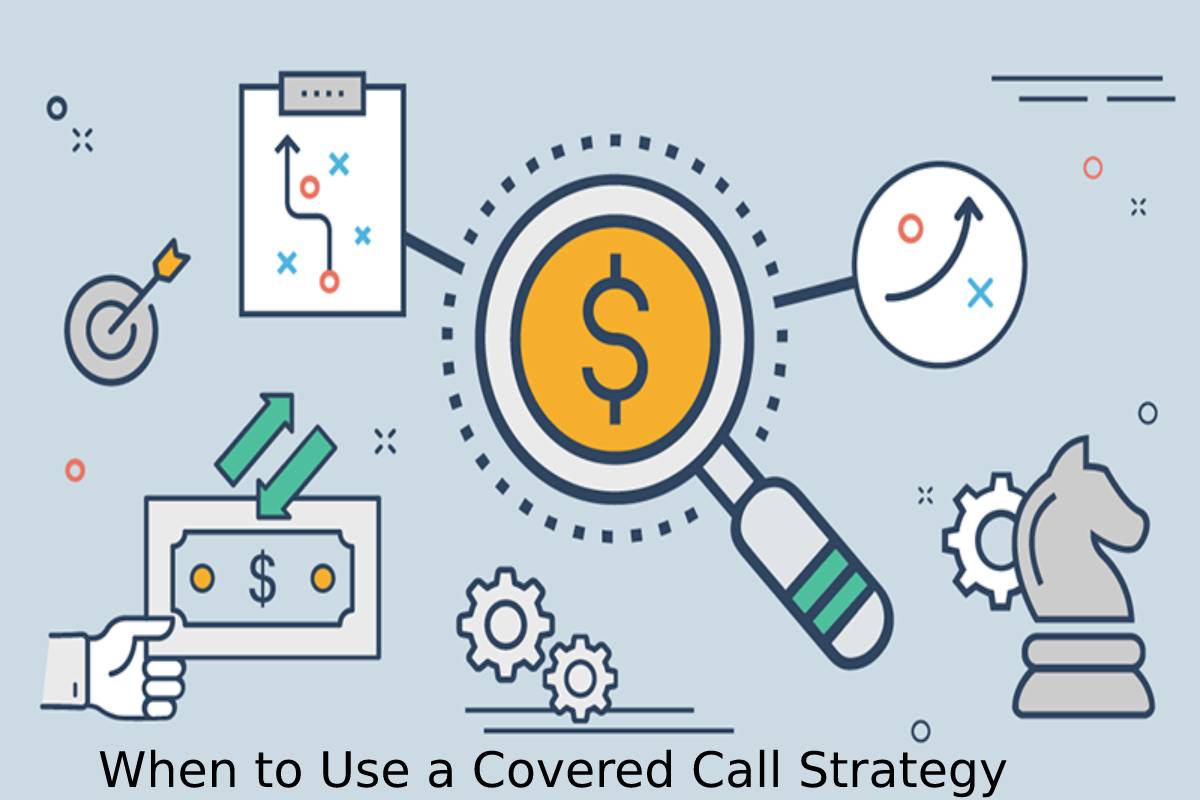A covered call is a strategy investors use to manage risks and generate income from call options. It is deployed by investors who intend to hold a long stock position that has modest prospects in the short term. Here is an outline of covered calls and when to use the strategy.
Table of Contents
What is a Covered Call?
A covered call is an investment strategy where the investor has a long position in the underlying asset. Selling the call generates a premium from the buyer. The seller keeps the profit when the prices rise or remain stable.
It is favored by investors who are anticipating minor fluctuations in the stock price in the near term. Covered calls can be valuable in managing the cost basis or generating income from premiums.
Buy-Write and Overwrite
Buy-write is a strategy where the investor buys the calls and sells them at the same time. The purpose of this approach is to lower the cost basis of a call option.
An overwrite describes the process of selling stocks that the investor has owned for some time. The term buy-write is sometimes used to refer to trading in covered call options.
When to Use a Covered Call Strategy
Investors use covered calls when stocks seem unlikely to rise in the short term. It allows investors to reduce the risk of the underlying asset. An investor can also earn from an income stream of options premiums.
Generally speaking, experts consider covered calls to be low risk. However, they can either make a loss or a profit. The highest returns are when the stock price is as high as the strike price and does not rise further. Before you make a profit from covered calls, it is essential to choose the right stock.
Risks of a Covered Call Options
Covered calls are not considered ideal for bullish investors. The strategy can reduce the overall profit during the lifetime of the asset. Such investors are better off holding their stock without a covered call strategy.
Covered calls are also risky for bearish investors who are anticipating a downturn. That’s because there is no protection when the prices start to fall. In those circumstances, it is better to sell the stock to reduce the loss.
Covered Call Special Considerations
A covered call approach has advantages and disadvantages but requires proper analysis to maximize your returns. There are several factors to consider before you find the sweet spot.
According to tastytrade, “it is important to consider the credit received from the call before deploying the strategy.” If the credit is low, the investor does not sell but waits for a time when the premiums will be higher.
Another factor is the choice of stocks and when to use covered calls. Investors can maximize their profits by choosing good-quality stocks. Tastytrade recommends buying low-priced stocks with low volatility. Ideally, you should get into the market within 45 days of expiration.
Covered calls offer the investor many benefits in terms of reducing risks. However, choosing good stocks and timing is a crucial part of the strategy.



